How a work must be to be defined eco-sustainable in addition to the concept
The definition of ecological art has existed since the 1960s, but it is especially in recent years that there is a need to regulate what this artistic current is and how to recognize a sustainable artist.
In fact, social attention to sustainable dynamics has increased, also thanks to the work of artists who, with their works, have given the world a way to marvel and reflect.
The public has developed an increasingly keen sensitivity to the subject, so much so that it pays attention to the ecological aspect even in the presence of works without eco-friendly meanings.
Christo and the disposal of synthetic materials
Just think of the public criticisms that Christo and Jeanne Claude have received for the use of large quantities of synthetic materials in their works. In fact, to recognize if an artist is sustainable, attention must first be paid to the materials used. Where did they come from? Where will they end up?
An eloquent example is that relating to a work entitled Surrounded Island, where an island of Biscayne Bay, Florida was surrounded with pink polypropylene sheets. The greener public was opposed to this kind of action. The artist explained that 3 years of studying fauna and currents had been used to create the work, and that tons of plastic had been removed from the coast.
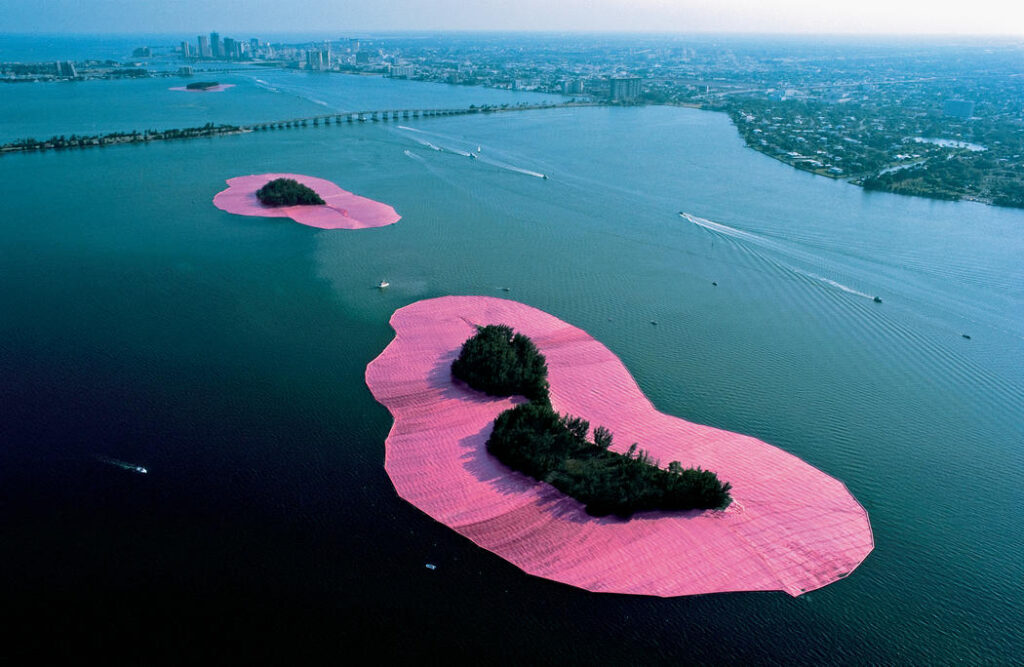
The same criticisms came for the recent The floatig Pierce, the huge walkway over Lake Iseo built with 220 thousand hollow polyethylene cubes, capable of supporting tens of thousands of people at the same time. Following the dismantling, the artist’s organization has published a note on the disposal and recycling of materials.
It is difficult to state that a work like Christo’s really has a low environmental impact, but the great resonance of his works allows some considerations to be made on the positions of the public.
If those in charge of communication had promoted the methods of recovering the materials as a relevant aspect, perhaps the work would not have aroused so much criticism, and Christo would not have had to provide explanations afterwards.
Good communication teaches the public how to recognize sustainability
In fact, opting for clear and correct communication is a fundamental element when it comes to sustainability. Training and informing the public about the benefits or environmental repercussions of the installation with which he is about to come into contact, forces him to make an informed choice whether or not to use a work.
In the society we live in it is impossible not to have an environmental impact. However, it is possible to moderate your habits. This should apply both when making individual and collective decisions. The organization of an exhibition, for example, involves the arrival of an audience with needs such as moving, eating, visiting the place. To minimize the impact, the solution could be achieved through a good communication strategy, asking the public to arrive by train, offering a plant-based catering service, and avoiding the use of plastic.
Can artistic fruition be completely sustainable?
Applying a sustainable footprint to a complex system such as that of artistic fruition seems like a complicated undertaking. It is necessary to assess whether or not the exhibited work is sustainable and if it conveys a coherent meaning, but it is also necessary to worry about issues that transcend the work itself. It is not enough to ask when an artist is sustainable.
The environmental impact of biennial exhibitions has recently been questioned. Indeed, it would be paradoxical to visit an artistic biennial with exhibitions sensitive to ecological issues and then observe the visitors who flock to the event by plane, produce waste, consume fast food, and attack the nearby shopping centers.
It is not easy to determine what leads to a more favorable result for eco-sustainability. Increasing the environmental impact on a place for a limited period of time and allowing people to benefit from the works could perhaps increase public awareness and lead to a lower environmental impact in the future. As a kind of investment.
Unfortunately, today we do not have the tools to establish the difference between costs and benefits, but many initiatives are already active that deal with the issue.
But what does a work of art have to have to be truly considered sustainable?
There is no single legislation to define whether a work is sustainable or not. However, on the web there is a certain agreement with the 5 points shared by EcoArtNetwork, an affiliation of over 200 members that deals with creative and sustainable future transdisciplinary approaches through ecological art practices, projects, research and initiatives.
Non esiste una normativa univoca per definire se un’opera sia sostenibile oppure no. Tuttavia sul web si ritrova una certa concordanza con i 5 punti condivisi da EcoArtNetwork, una affiliazione di oltre 200 membri che si occupa di approcci transdisciplinari creativi e futuri sostenibili attraverso pratiche, progetti, ricerche e iniziative di arte ecologica.
Here’s how to recognize a sustainable artist in 5 points:
1) It devotes attention to the network of interrelationships in our environment, to the physical, biological, cultural, political and historical aspects of ecological systems.
In other words: the work must be sustainable for the context in which it is located. Sustainable art is in harmony with the key principles of sustainability, which include ecology, social justice, non-violence and basic democracy.
An example is Silver Rights (2021) by the Italian artist Elena Mazzi, whom we interviewed recently. The work focuses on the erosion of the Mapuche culture, expropriated of its lands in Patagonia due to trade agreements between governments and foreign multinationals (including Benetton). As in Mazzi’s other projects, the project is based on mediation work: in this case you collaborated with the activist Mauro Millan organizing workshops with local artisans. Manufactured artifacts are silver jewels that translate the Mapu instances, in opposition to the neo-extractivist practices applied by the government.
Exhibition modality of these works is also the result of thoughtful reflection. The exhibition, in fact, distances itself from the narrative proposed by the anthropological museum (so to speak) opened right in the lands owned by Benetton in Argentina, the Leleque, where the Mapu are spoken of as an extinct population, museumizing their material culture. Thus, in the Silver Rights project, the choice is made to show the artifacts to the public only at the completion of an instillative and sonorous speech.
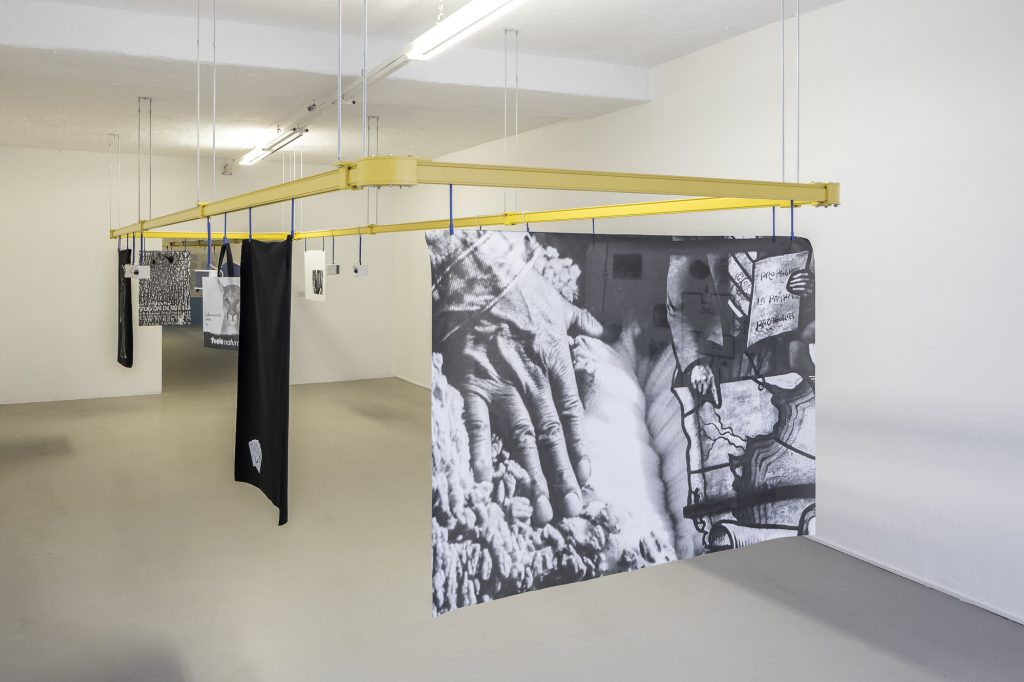
2) Create works that use natural materials or that interact with environmental forces such as wind, water or sunlight
Land art is the best known example. From his influence many artistic experiences originate, such as that of Elena Paroucheva which is discussed in depth here. The Bulgarian artist is famous for concepts such as Electric art and Wind art: these are experiments with energy transmission structures, for example pylons. The artist models these metal skeletons into human figures. In the case of the Ondine work, there are working wind turbines. The installation recalls the creatures portrayed by John William Waterhouse.
The materials used are already present on the plase. LEDs, elastic cords and metal nets are then added to the recycling of the structures.
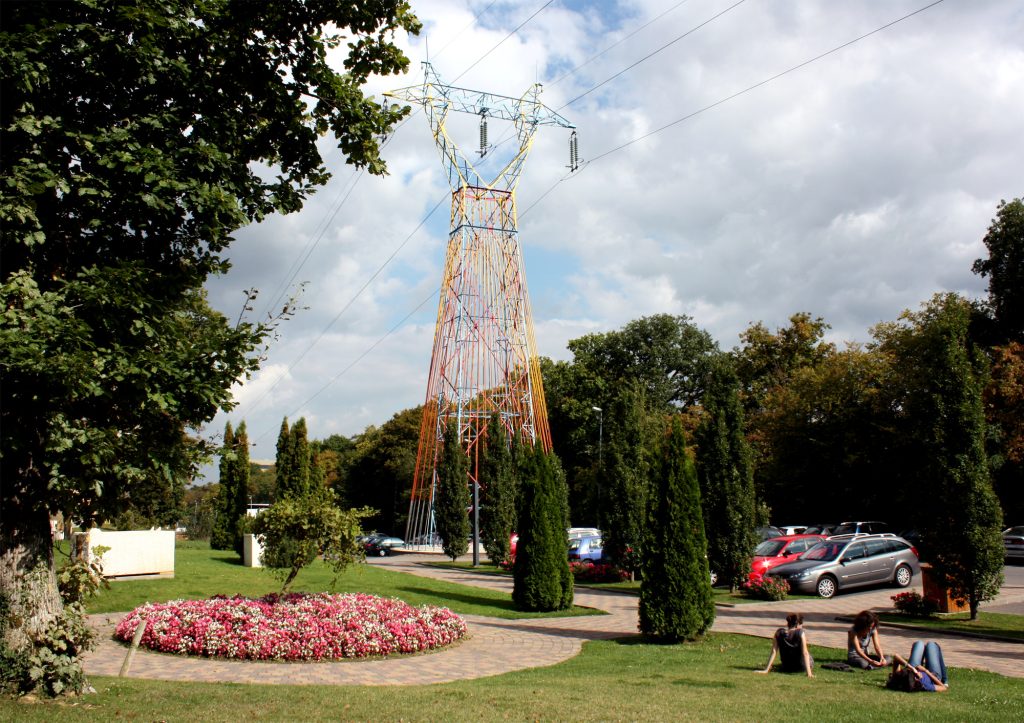
3) Recover, restore and repair damaged environments
As the sustainable artist Joseph Beuys said:
Art is, therefore, a true human means for a revolutionary change in the sense of completing the transformation from a sick to a healthy world. In my opinion, only art can do it.
This artist was an enlightened mind, anticipating the idea of restoring environments by thirty years. The work that he made famous, 7000 Oaks, is from 1982 and influenced the following generations. The artist has also collaborated with Italian artists, committing himself for many years in Abruzzo with works such as Operation: Defense of Nature, Living Sculpture and Plantation Paradise, with 7000 plants that want to help restore biodiversity.
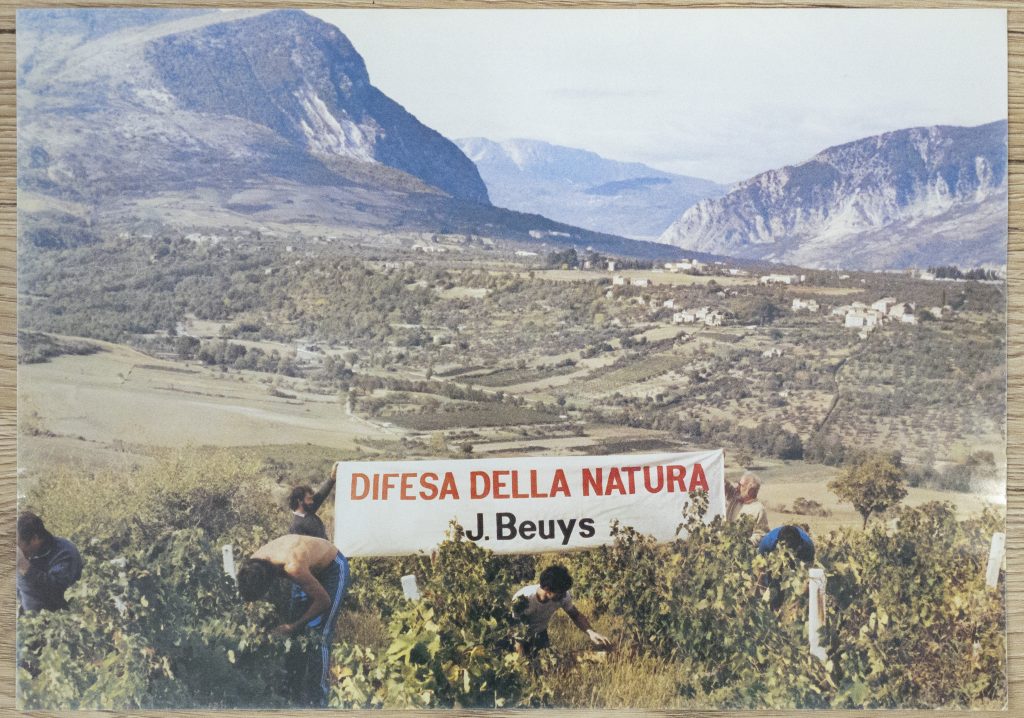
4) Inform the public about ecological dynamics and the environmental problems we face
The Indian artist Arunkumar gives us a good lesson on how to recognize a sustainable artist. In conceiving the work Dropping and the Dam he opted for a shock effect. In fact, 70,000 plastic caps were recovered for the construction, held together by metal wires. The intent is clear: to show the user the impact that even a simple bottle of water causes. Here you will find an in-depth analysis.
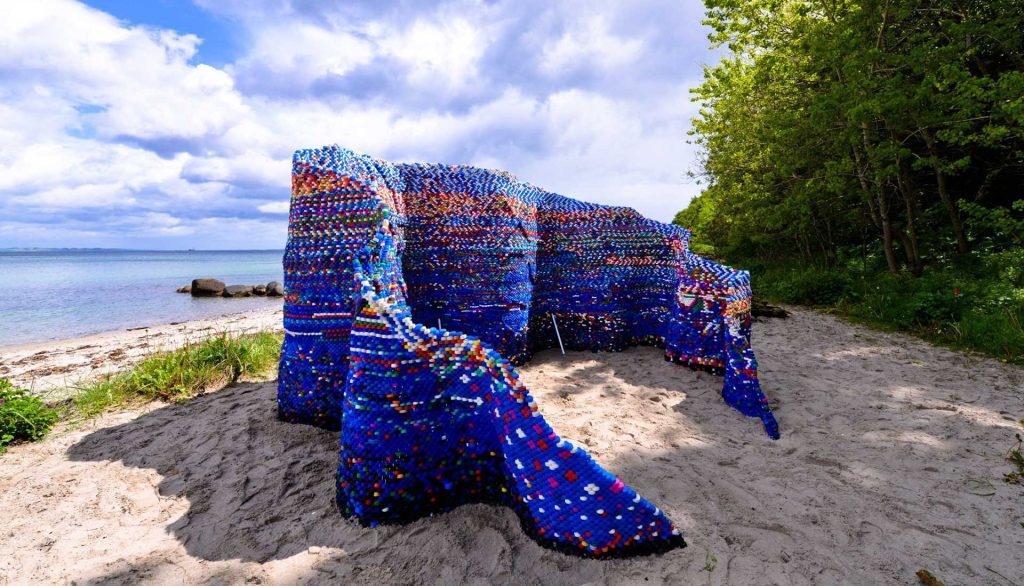
5) Re-imagines ecological relationships, creatively proposing new possibilities for coexistence, sustainability and healing
The last point on how to recognize a sustainable artist is also the broadest to deal with. Many artists collaborate with architects, scientists and governments to carry out the healing mission of the territory. These combinations of contributions give rise to the most varied results, where the final product is not always a finished work of art.
An experience worth noting is that of the Collins & Goto Studio – art and environmental change. The two artists are environmental researchers and make use of external collaborations to deepen the reflection on protection issues.
Now that you know how to recognize a sustainable artist, who would you like to talk about?





